
|
|
 Home |
Story
of Eid-ul-Adha in Richmond |
|
|
Majority of Muslims in the North America celebrate Eid-ul-Adha by attending
a community prayer service.
After the Eid prayer, some Muslim have their Animal Sacrifice (in Arabic: Udhiya; in Urdu: Qurbani)
at a farm, while a majority visits family and friends.
Some communities offer special activities after the Eid prayers that are
similar to Eid-ul-Fitr.
Over the years, more and more Muslims
are sending their Udhiya overseas and some even had abandoned
this aspect of Sunnah (Traditions of Prophet pbuh) altogether.
Muslim children and even adults grow up without ever witnessing the
Udhiya, the significant part of Eid-ul-Adha.
It is been a challenge for the
leadership in Richmond, Virginia like other communities in North America to provide
facility where Muslims can sacrifice as a community without hardship.
Ultimately, a part of the Muslim community stood up to take the
challenge.
After
November 2, 2005 (Eid-ul-Fitr 1426 AH), part of the community started the preparation for
Eid-ul-Adha. Western
portion of Metropolitan Richmond (West End) never held Eid prayers before, so it
was decided to organize
Eid-ul-Adha in the West End. First
step was to find a site
closer to the community to accommodate a large number of Muslims.
Since there were no big indoor facilities in the West End, and only a
farm can meet the regulations for animal sacrifice, Tuckahoe
in Goochland County was selected.
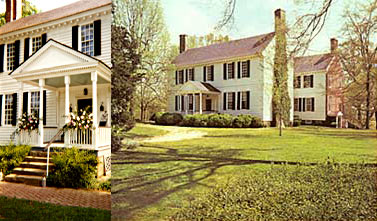
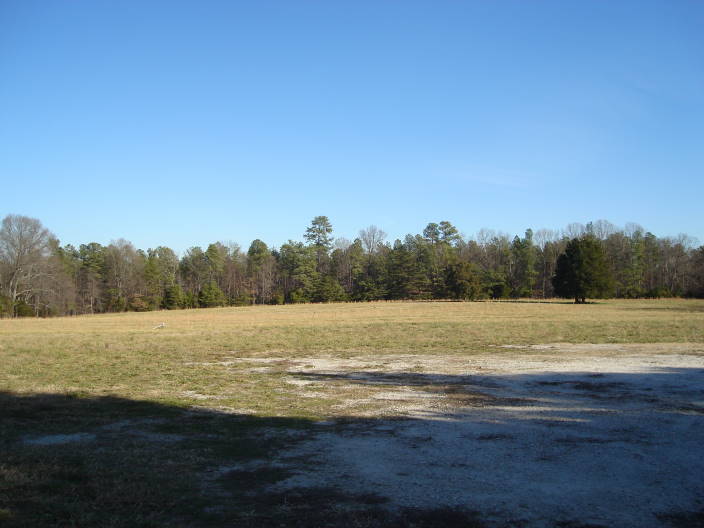
[Open Field for Eid-ul-Adha Celebration]
A first concern the organizers had was the weather. As Eid-ul-Adha 1426 AH was expected to start from January 10 or 11 of 2006, arrangements were made to provide weather resistant tents with heaters.
As many components for event were being put together, the next biggest
challenge facing the organizers was how to provide the facility
for Udhiya.
Initial step was to find the farmers for goat, lamb, and cattle. Care was taken to select the farmers who breeds the animals humanely and can deliver the animals to Tuckahoe. Farmers were contacted and visited.
Goats
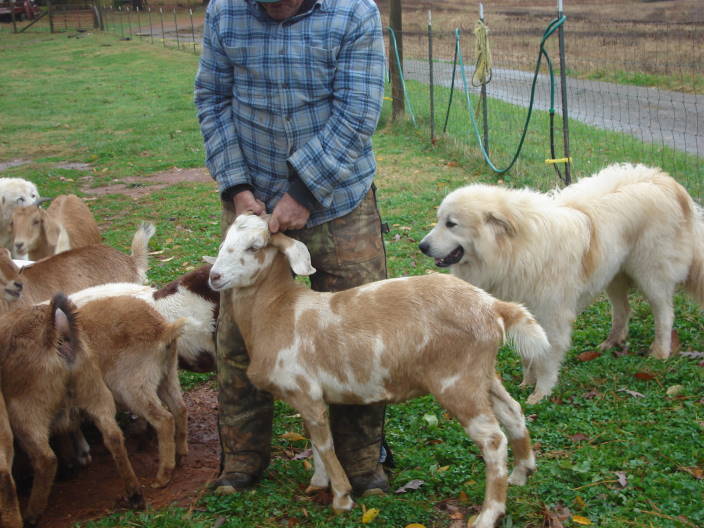
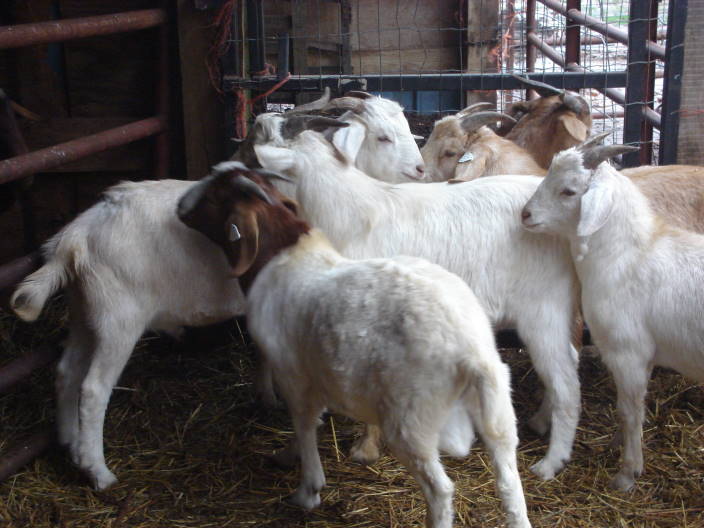
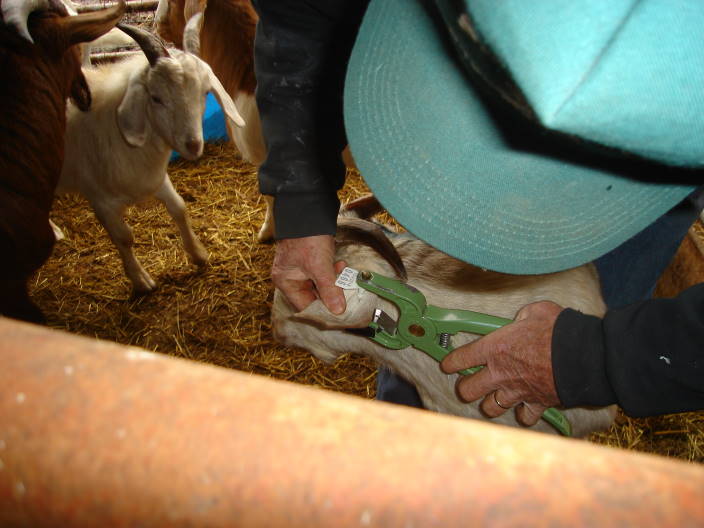
Rams
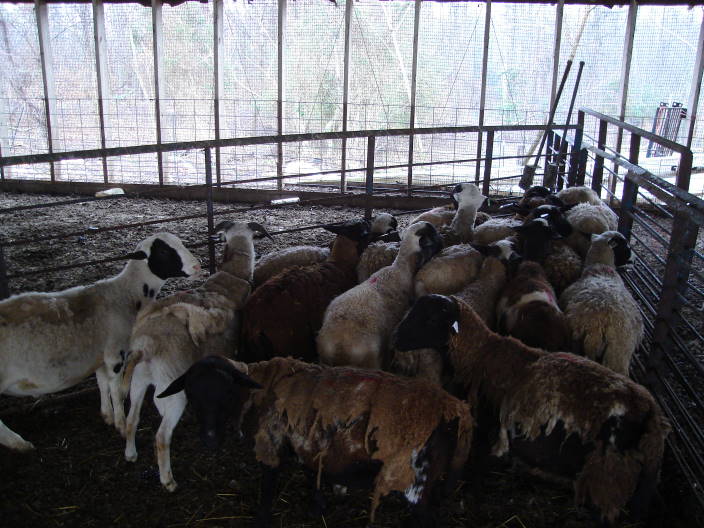
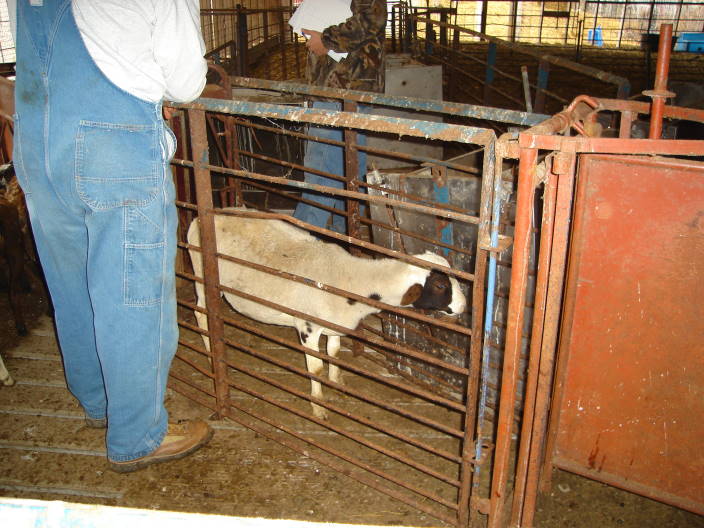
Cows
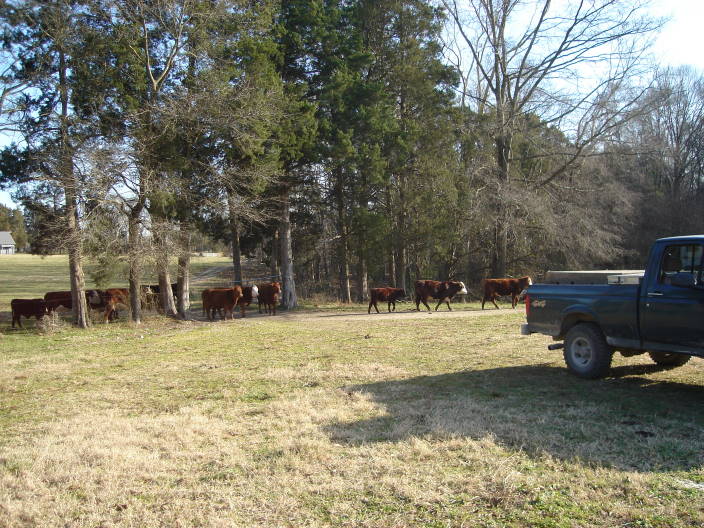
Muslims were able to reserved and
scheduled the delivery of the animals in the morning of Eid-ul-Adha.
The next step was to ascertain that prayer service and Udhiya follow
federal, state, and local regulations.
This step involved a long and challenging process of understanding the
regulations and finding the right contacts.
Based
on the recommendations of the regulators, Udhiya area was designed in a way so it may be easy to setup and can be
removed at a momentís notice.
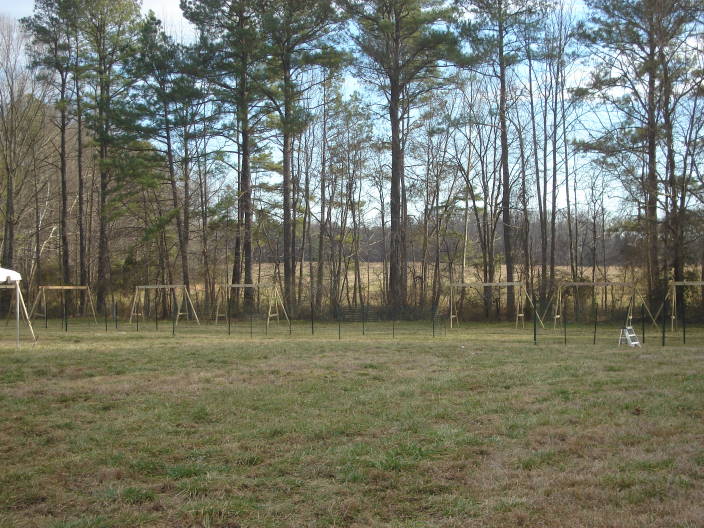
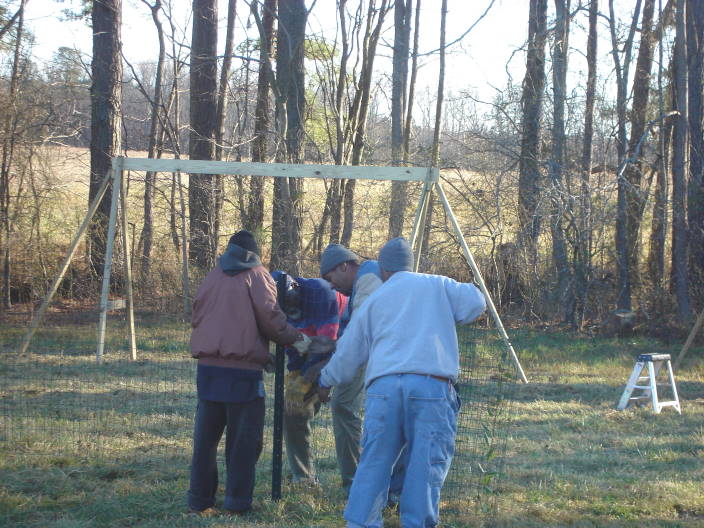
Next challenge was to sell the idea
of Eid-ul-Adha celebration to the Muslim community.
Many Muslims in the community, including some in the leadership position
were consulted.
Later, a larger community was informed.
On the morning of Saturday January 7, 2006 in the open field at Tuckahoe, volunteers gathered to setup the different components of the Eid-ul-Adha festival. Separate tents for brothers and sisters were erected and pointed in the directions of Qiblah (towards Makkah, Saudi Arabia) for Islamic prayer.
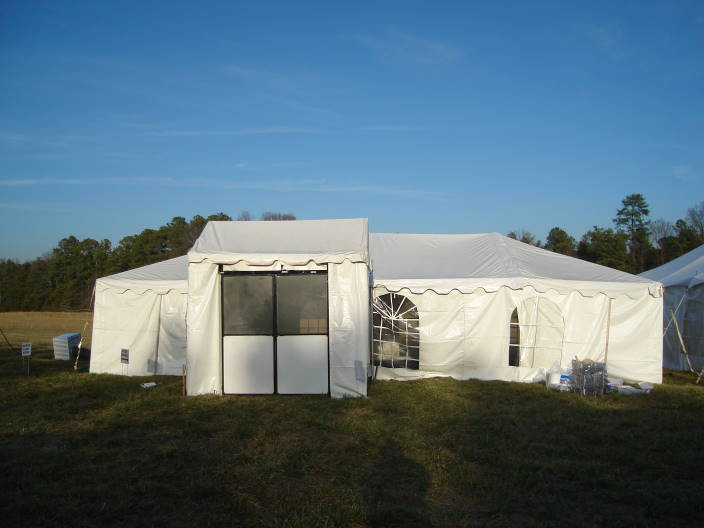
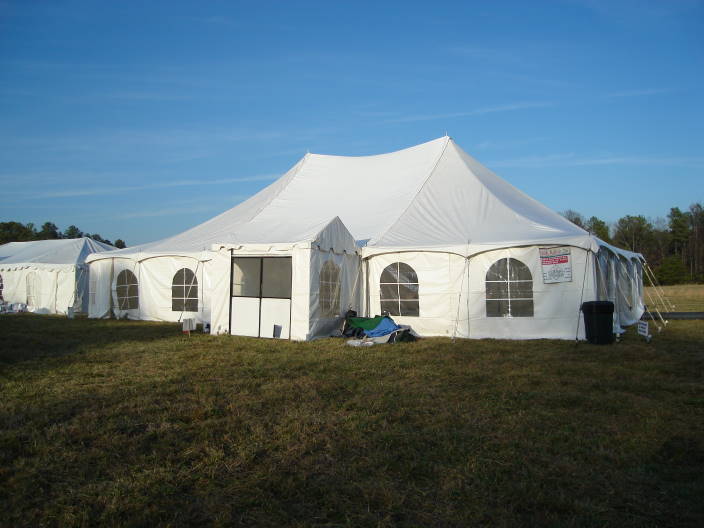
They specified the parking area.
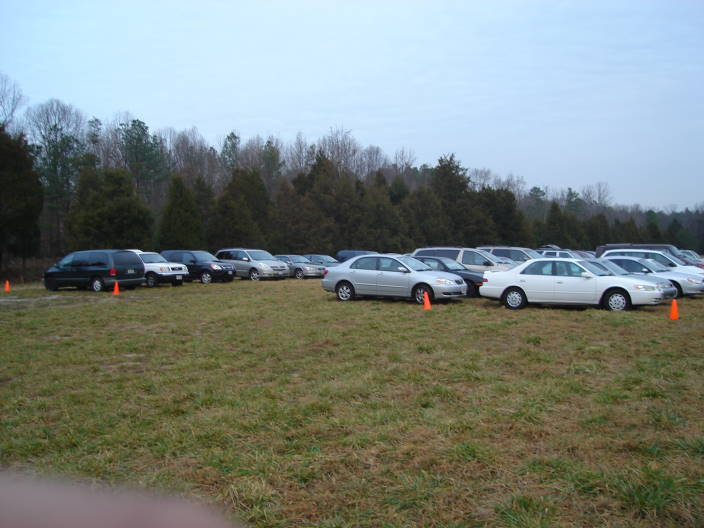
As days went by, volunteers continued the work.
By the evening of Tuesday, January 10, 2006, everything was in place.
On the morning
of Wednesday January 11, 2006 around 6:00 AM, the first group of volunteers arrived at Tuckahoe.
They were greeting by Goochland county police officer, who has been
guarding the facility since 4:30 AM.
The volunteers walked toward the tents in complete darkness and fog, with
headlights from their cars as their only guide.
At 6:30 AM, volunteers offered their Fajr
(morning prayer) in the tent.
As they were leaving the tent, a farmer with a trailer full of goats was
coming toward them.
Volunteers directed the farmer to a location closer to the Udhiya area.
More volunteers joined in to start the heaters and assembled the Public
Address System.
The Sheriff
of Goochland County came to greet and reassure the Muslims that his officers would be
available to assist them.
Volunteers organized the parking and the tents as Muslims arrived for the first prayer service at 8:00 AM.
Another farmer came with rams in a trailer; he was asked to park
alongside the goat farmer.
Eid Prayer started soon after the prayer leader (Imam) arrived.
After the prayer, the Imam started the Khutbah (sermon).
The volunteers continued to direct the parking, as more Muslims were
coming to attend the prayer service.
After the Khutbah, Muslims greeted
each other. Organizers
asked the farmers to be ready, as Muslims slowly moved toward the Udhiya area.
More Muslims were coming for the second
prayer service at 9:30 AM.
Farmers brought
the animals one by one to the Udhiya area.
Utmost care was taken to shield the dead from live animals.
Many children and adults watched the process behind a fence.
Meat from the first few goats was put on the barbeque grill.
By noon, close to 30 animals went through the Udhiya area.
As ritual continued, organizers prepared for Zuhr
(Noon) prayer
at 12:30 PM. Grilled
meat with rice was served soon after the prayer.
Some Muslims ate the meat while working in the Udhiya area.
Many families collected the meat in bags and gave one-third of it to the needy right on the spot.
Muslims slowly started to leave.
Goat and ram farmers left after their trailers lay empty.
The volunteers started the cleaning and wrapped up the prayer area.
They unassembled the Udhiya
area, gathered garbage, and put things in cars and trucks.
The last few volunteers prayed Maghrib (Sunset prayer) before leaving
Tuckahoe, and some came back to haul the last few items.
|
Last Updated . |
|
© Islamic Society of Greater Richmond (ISGR) |